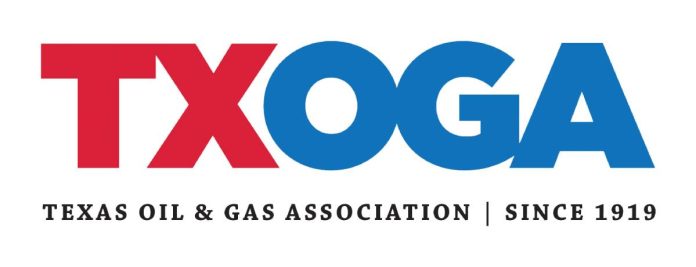Texas natural gas production, processing, transmission, and storage sectors continue their durable performance due to industry efforts. According to S&P Global Platts, the 30-day average for Texas onshore production is expected to be strong on Tuesday, January 31, with daily production averaging 24.97 bcf/d.
S&P Global Platts is estimating Texas onshore production will decline by 0.37 bcf from Monday, January 30 to Tuesday, January 31 and overall Texas onshore remains 0.9 bcf above last year. Total demand across the U.S. including LNG and other exports is up 4.5 bcf/d, mostly driven by residential demand increases across the U.S. resulting from winter weather and cold temperatures, a news release said.
Several rounds of wintry mix, primarily freezing rain and possible icing into today (Wednesday) will have travel impacts lingering into early Thursday for a large portion of the state, including North, Central, and West Texas.
Moderate to locally major travel impacts and some power outages/tree damage are possible through Wednesday.
There is heavy rain and flash flood potential Wednesday to Thursday for East and Southeast Texas.
The Texas Railroad Commission issued a notice to operators on Sunday regarding the anticipated wintry conditions.
The release said natural gas supply is holding strong. Most weather-related issues are due to icy road conditions. Water haulers are not expected to run today in the Barnett Shale. Icy road conditions are expected today (Wednesday) as well.
ERCOT reports that operations were normal as of 10 a.m. Jan. 31. The anticipated peak demand is expected to occur at 2 p.m. Available capacity at peak demand is expected to be 76,061 MW, with the demand forecast at 60,990 MW. There was expected to be enough power to meet demand, the release said.
WINTERIZATION IN THE FIELD
Onsite, seasonal weatherization techniques include methanol injection, temperature activated pumps, steamer units, equipment shelters, and insulated critical lines and valves. Additional pre-storm and offsite measures include:
Secure shelter/housing and pre-positioning personnel to be closer to assets for access
Adjust employee schedules to ensure planning and preparations in place
Have extra methanol and other supplies on trucks
Preparing and draining tanks to increase on-site storage and provide a temporary buffer for necessary third-party movement of product
Pre-inspection of assets prior to weather event
“Line-packing” to maximize product and pressurization in pipelines
Communication with third party vendors to prepare for inclement weather contingencies
Identification of the most critical assets to help maintain power from electric utilities
IMPACT OF WEATHER ON FIELD OPERATIONS
Personnel safety and ensuring safe operations are the first priorities of operators. Many elements can impact continued field operations outside of the operator’s control, including:
Transportation – the accumulation of precipitation can impact operators’ ability to access remote well sites to check on operations and make any needed adjustments.
>> Third party contractor disruptions.
>> Lightning strikes.
>> Loss of power.
>> Telecommunication loss.
INDUSTRY ACTIONS
Read how the Texas oil and natural gas industry prepares for winter weather events at https://www.txoga.org/texas-oil-and-natural-gas-industry-outlines-winter-weather-preparedness/
WEATHER STATUS
An extremely cold air mass shifted over Texas beginning early Thursday, impacting the entire state by late Thursday night.
Much of Texas is expected to face temperatures remaining below freezing – in some cases well below freezing – for dozens of hours with wind chills below zero across much of the northern half of the state are expected Friday morning.
Most Texans should expect frigid conditions through at least Sunday morning, with morning lows around freezing Monday and Tuesday.
For more information on how the Texas oil and natural gas industry prepares for winter weather, visit TXOGA.org/WinterReady.




